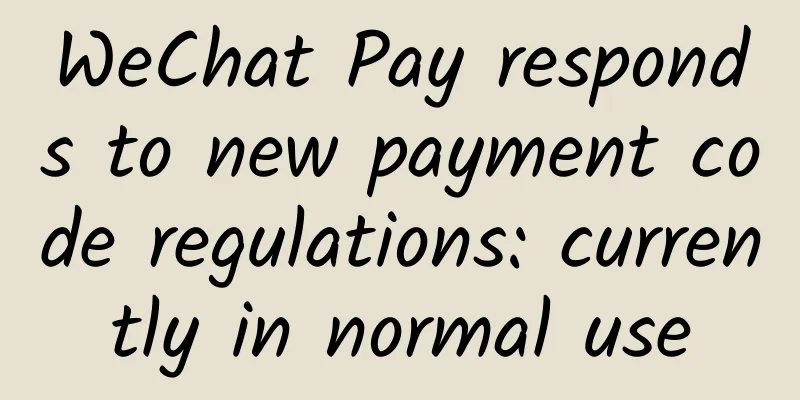World Economic Forum: Digital Twin City Framework and Global Practice Report

|
The global digital twin market is booming. It is predicted that by 2030, the application of digital twin technology will save up to $280 billion in costs for urban planning, construction, and operation. In terms of market size, the global digital twin market size was $3.1 billion in 2020, and it is expected to grow at a compound annual growth rate of 58%, reaching $48.2 billion by 2026. China's digital twin city construction market is active. According to statistics, the total scale of investment in China's new smart cities in 2020 is about 2.4 trillion yuan. In particular, in recent years, China's city information model (CIM) construction projects have shown a rapid growth trend year by year, with the number of projects increasing from 2 in 2018 to 72 in 2021 (as of September 2021), and the total investment has also increased year by year with the number of projects. In August 2021, the World Economic Forum and the China Academy of Information and Communications Technology jointly collected digital twin city cases. According to the statistics of this project case, more than half of the projects were invested in tens of millions of yuan, and 89% of the projects were invested in more than one million yuan. The average investment in the projects reached 28 million yuan. The Digital Twin City Framework and Global Practice Insights Report 2022, jointly released by the World Economic Forum and the China Academy of Information and Communications Technology, proposes four major technical characteristics, three visions and nine key elements to promote the development of digital twin cities, as well as ideas and suggestions for building high-quality digital twin cities that can meet current challenges. The research results are of enlightenment significance to city managers around the world who are exploring the construction of digital twin cities, as well as entrepreneurs and investors who actively embrace digital twin technology and promote its application. Digital twin cities have four major technical characteristics Accurate mapping of physical cities and digital cities: By utilizing Internet of Things (IoT), Geographic Information System (GIS), Intelligent Building Model (BIM), etc., digital twin cities can present the overall picture of physical city operations at different levels and scales, including all static geographic entities such as urban buildings, traffic roads, vegetation, water systems, urban components, pipelines, as well as various dynamically changing urban entities such as people, vehicles, terminals, and various organizations. Deep insights into digital cities: In digital space, based on the aggregation and integration of data collected from physical cities, it is possible to analyze urban congestion, building energy consumption, whether planning is reasonable, whether underground pipelines need maintenance, etc., gain insight into urban operation risks, and present real-world scenarios in the form of digital simulation. Users can formulate strategies and measures to improve urban operation by modifying traffic light timing, controlling high-power consumption facilities, changing planning sites, etc. The virtual-real interaction between digital cities and physical cities: Physical cities are enriched, extended, and expanded in digital space. For example, city managers can interact with physical cities based on the digital platform interface, search for entities and select statistical analysis, change urban layout, and simulate changes in various urban indicators such as congestion and ecology. With the help of virtual reality glasses, city residents can get digital services such as distance learning and tourist roaming as if they were actually there. Intelligent intervention of digital cities in physical cities: In the digital space, the digital twin city platform can present the operating status of the city in real time. Once an accident, disaster or other alarm occurs in the physical city, city managers can quickly make decisions and deploy corresponding countermeasures. In addition, deep learning and simulation can be used to predict possible problems or risks in the city and take precautions to reduce property losses and ensure people’s safety. Three Visions of Digital Twin Cities Urban production and operation are efficient and intensive. In the digital twin city, the dynamic trajectory of urban hazardous chemical transportation, various indicators of underground pipe networks, and the effects of natural disaster simulation are presented in real time. In some extremely bad production environments such as high-risk, high-temperature, and high-humidity, machines can be used to replace people, unmanned operations, remote inspections, and remote control to achieve "zero damage" in urban production; urban planners can easily carry out digital design, urban builders can remotely dispatch resources and monitor progress, and urban managers can analyze and simulate decision-making effects anytime and anywhere. The efficiency of urban operation is comprehensively improved, and labor input, material input, and urban energy consumption are greatly reduced, forming a more green, intensive, and efficient development model. Urban living space is livable and convenient. In digital twin cities, urban residents can dynamically visualize urban congestion to change their travel plans; no matter where they are, they can experience world tourist destinations in an immersive way; conduct teaching experiments such as physics and chemistry through virtual reality technology; obtain travel navigation services through augmented reality and virtual interaction; urban residents can conveniently feedback urban problems and needs anytime and anywhere, and follow up on the rectification of problems; obtain real-time warning information on urban emergencies, disasters, etc., and quickly obtain rescue services; narrow the gap between online and offline experiences, and public services such as medical care and education will benefit more people through digital twin cities. Sustainable urban ecological environment. In digital twin cities, city managers can dynamically understand the heat island effect, environmental pollution, climate change, energy utilization and other conditions in real time, intelligently analyze regional gaps in resource allocation, and automatically formulate reasonable resource flow and optimal matching strategies. For example, the area of urban green space can be quickly determined based on the heat island effect, and the density of infrastructure deployment and traffic light timing can be dynamically adjusted and planned based on population density and traffic conditions. The environmental carrying capacity is greatly improved, the urban resource layout is more reasonable, and urban development is more sustainable. The PDF version will be shared on 199IT Knowledge Planet, just scan the QR code below! |
>>: DIGITIMES Research: Global electric vehicle penetration is expected to exceed 30% in 2025
Recommend
I am lactose intolerant to milk, so what about oat milk?
Milk is a drink called white blood. As a natural ...
Landing page optimization method!
Looking at today's marketing situation, brand...
Brokerage: The possibility of Apple cooperating with Tesla, NIO, Xpeng and other car companies exceeds 70%
Recently, Dan Ives, an analyst at US brokerage fi...
Others with 0 followers can easily get 100,000 likes on Douyin. What is Douyin’s recommendation algorithm?
Tik Tok 's decentralized algorithm gives ever...
Mid-year shopping festival 618, let's take a look at the routines of online activities
Now, as long as you open the various shopping app...
Gynecological master or devil from hell? The Dr. Sims you don’t know!
Get the nine-valent vaccine, do HPV screening, TC...
Struggling to survive in the cracks, is Huawei phone still worth buying now?
As we all know, due to frequent sanctions, the op...
How much does it cost to produce the Tacheng Home Textile Mini Program? Tacheng Home Textiles Mini Program Production Price Inquiry
How much does it cost to produce the Tacheng Home...
Taobao Art Training Camp for Beginners
Course Catalog: ├──【Software Course】Photoshop res...
With the lead rate declining, how can the franchise industry save itself after the epidemic?
During the epidemic, some people waited while oth...
Temporary workers cannot take the blame for Pinduoduo's public relations
On the first working day of 2021, Pinduoduo once ...
What are the main daily tasks of bidding? How can we promote it well?
1. Make a data report for the previous day, check...
How to plan a marketing event with zero budget and that goes viral? !
As a marketing dog, you must have the moment when...
How to wear an N95 mask? How long can an N95 mask be worn at a time?
Masks are being snatched up everywhere, manufactu...









